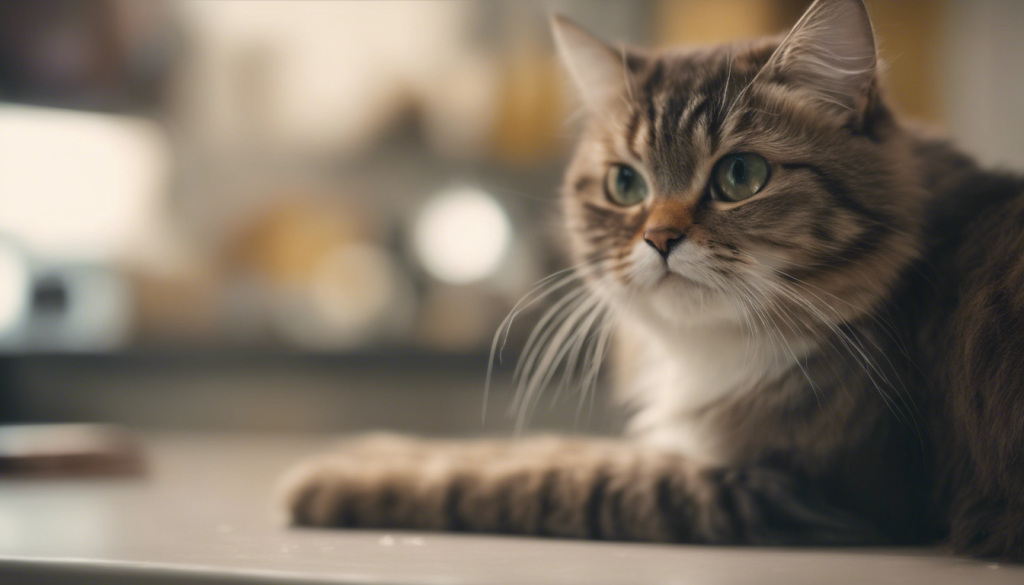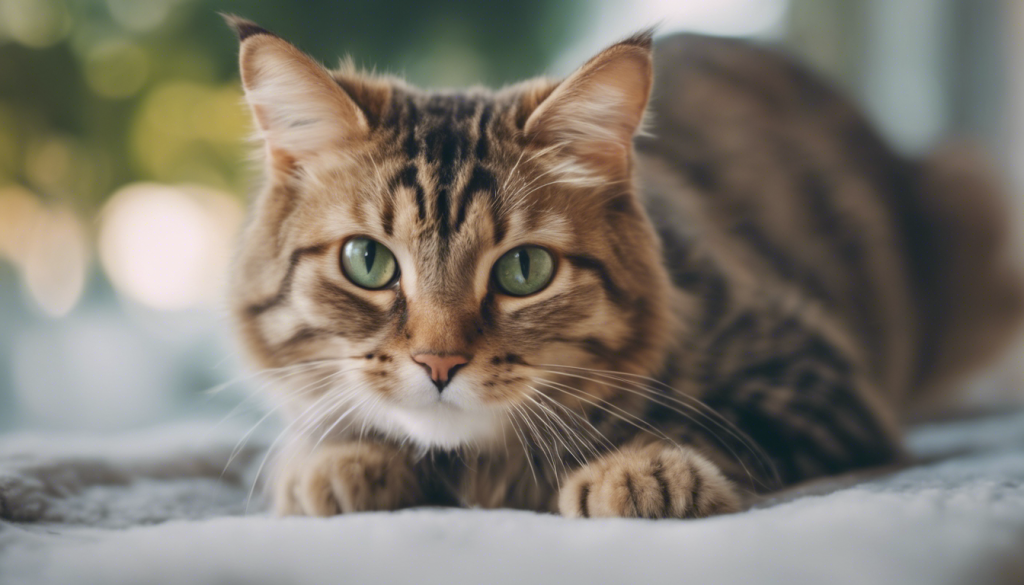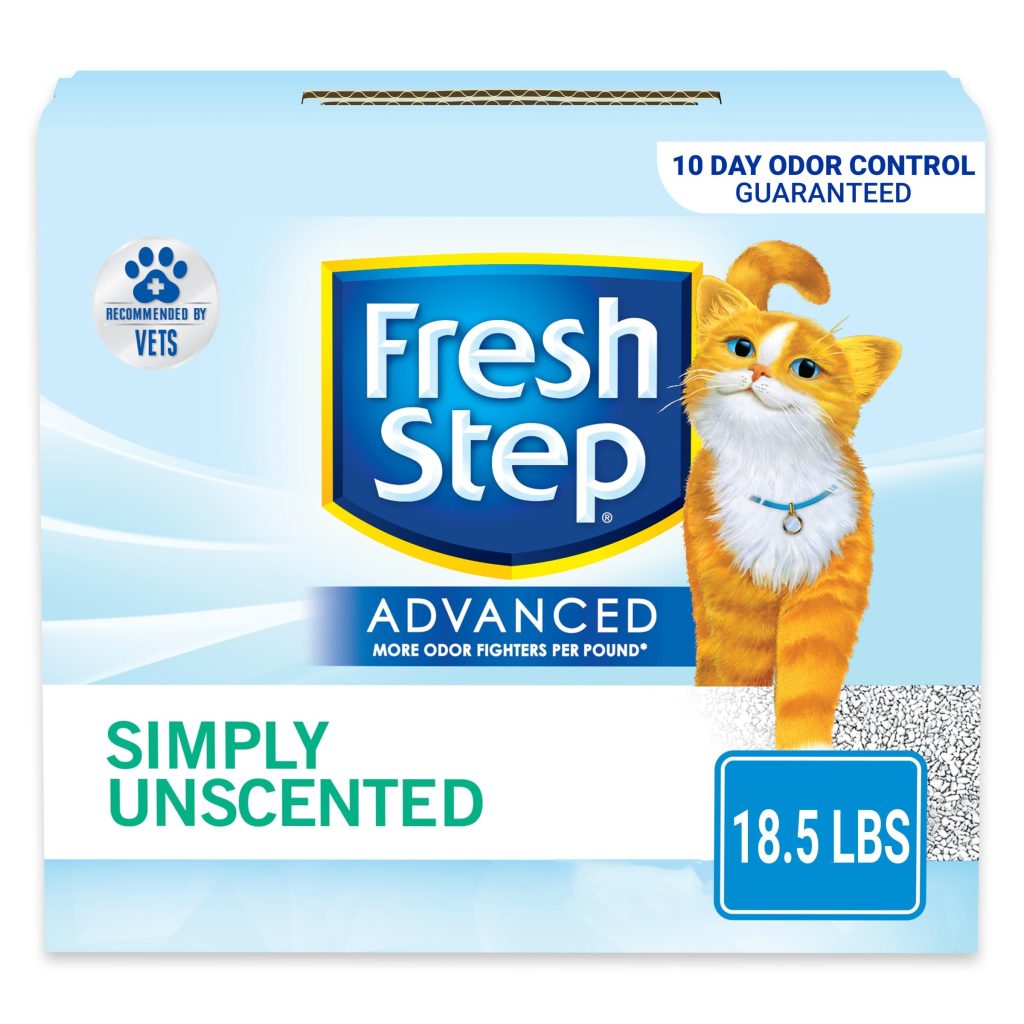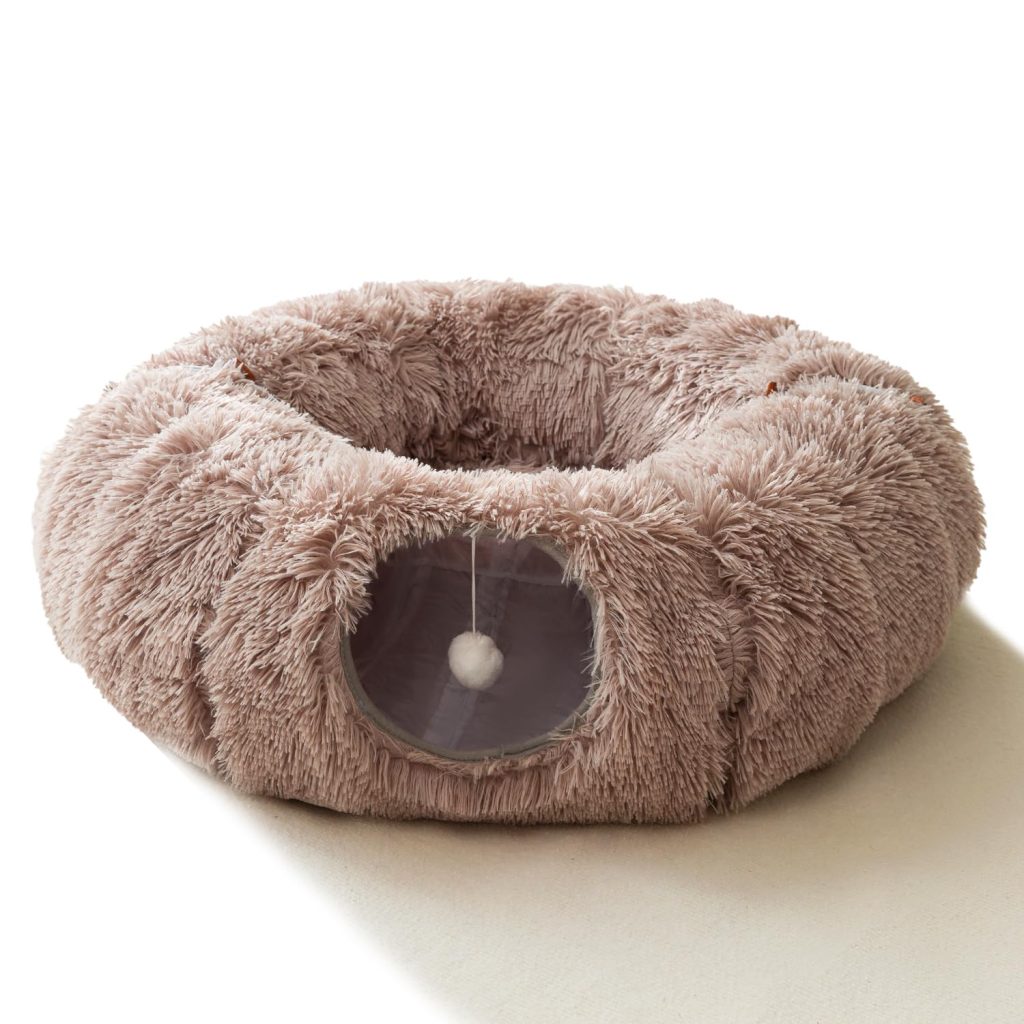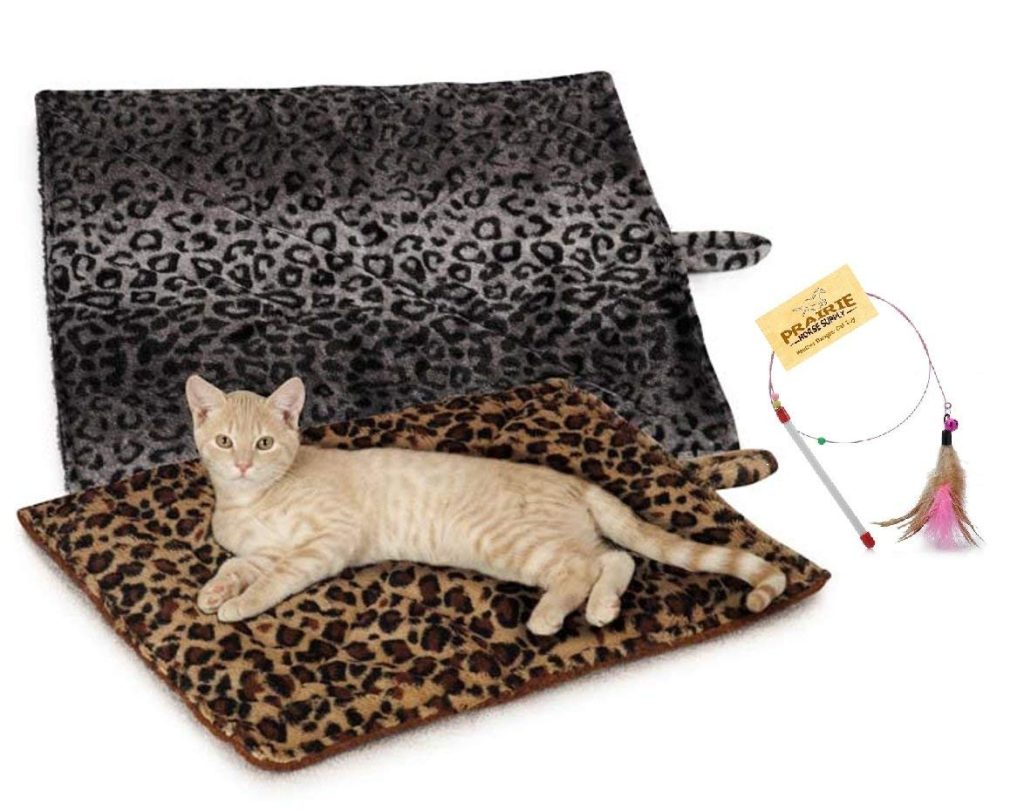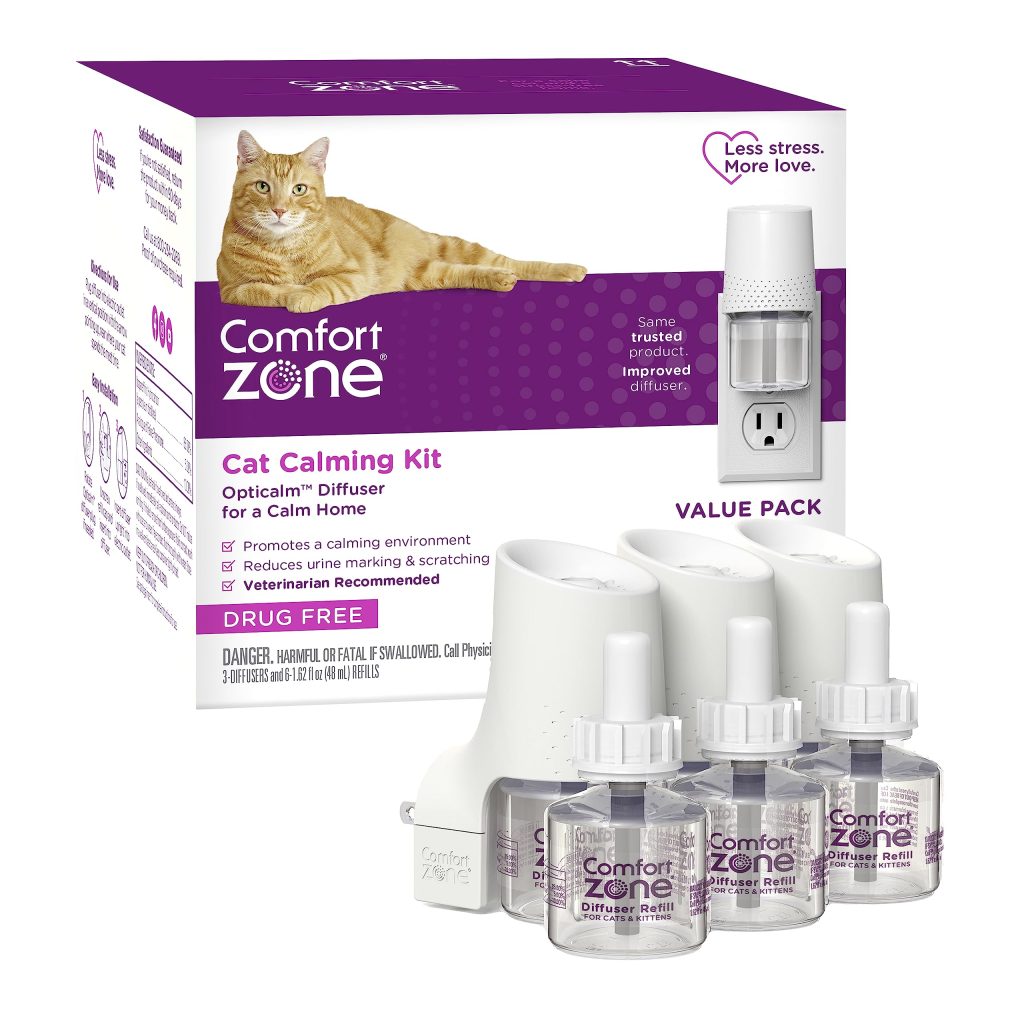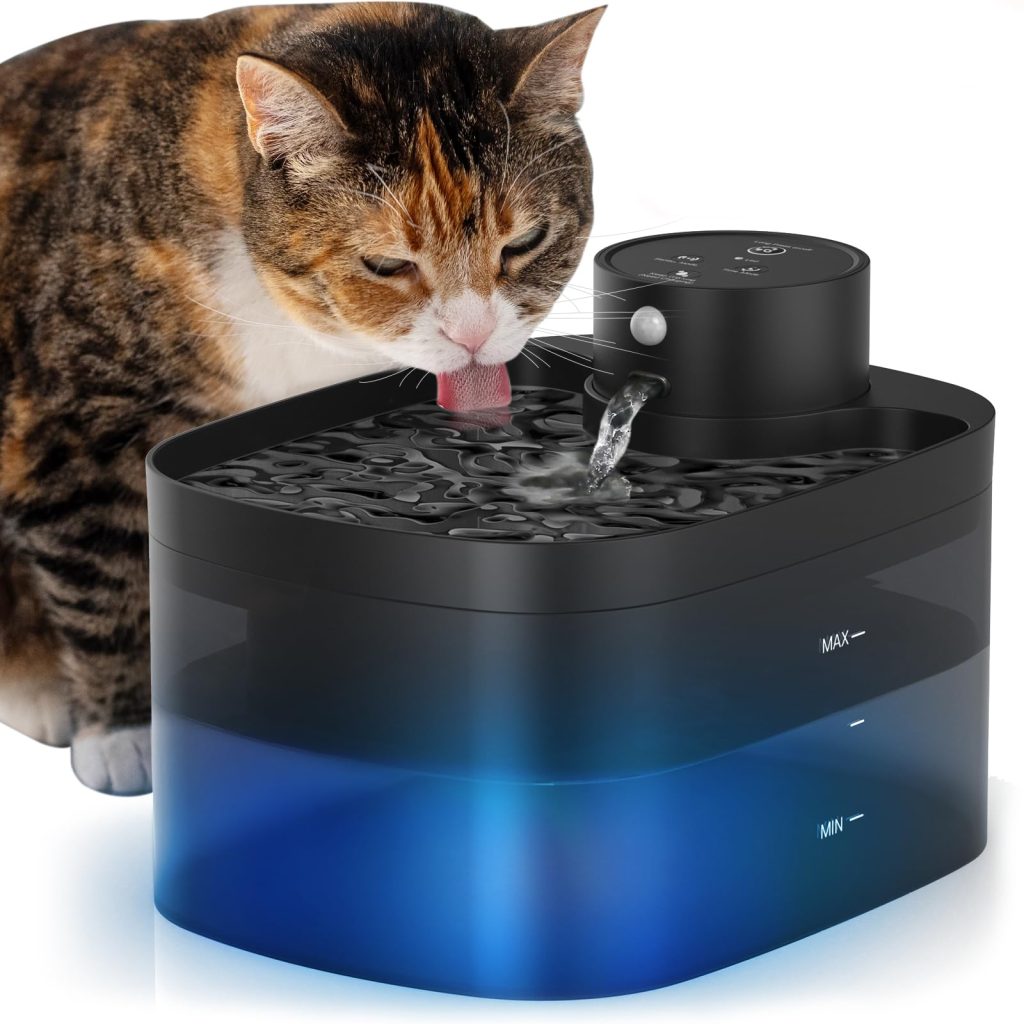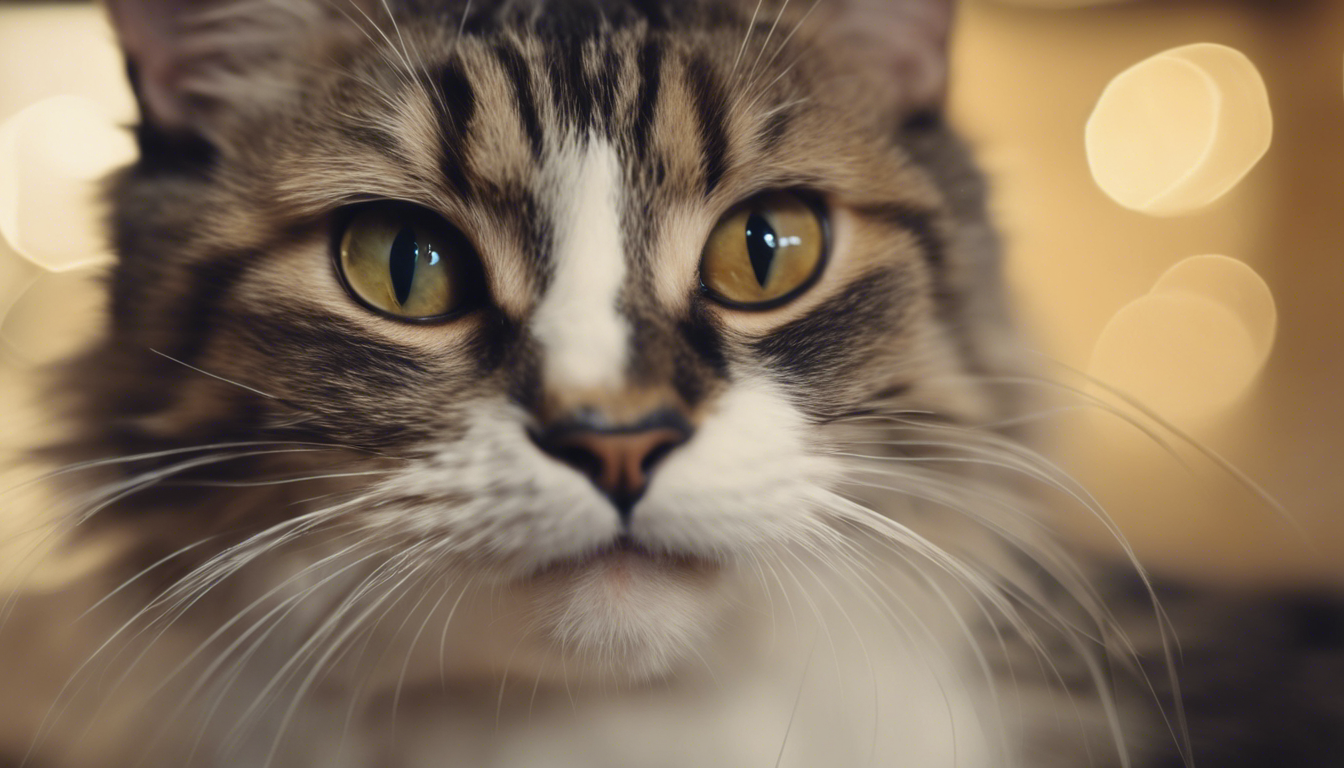
Understanding the Importance of Claw Care in Felines
Let me whisper a little kitty secret in your ear – your fluffy friend’s claws? They’re not just for show or for that occasional “love scratch” they bestow when they’re feeling playful. Those tiny daggers attached to their adorable paws play a significant role in their daily cat-ventures. Proper claw care is critical. Not only does it save your furniture from becoming a canvas for their latest scratching masterpiece, but it also wards off potential health issues.
Now, envisage a cat in the wild – their claws are their Swiss army knife. Climbing, hunting, and self-defense; each claw is a multi-tool for survival. Your house cat, while not braving the wilderness, still has instincts and needs that are tightly linked to those claws. Overgrown nails can become a pain, quite literally. They can curve in and grow into the pad – ouch! Imagine walking with pebbles in your shoes; that’s what it feels like for a cat with untrimmed claws. Not to mention, curled talons snagging on carpets or blankets can turn your serene feline into a bundle of nerves.
And here’s where the magic of human touch comes in. Regular claw grooming can prevent your cat from going down a road riddled with discomfort and issues like ingrown claws, infections, and even affect their posture and mobility over time. Additionally, when you keep those claws nice and neat, your kitty’s need to scratch is significantly reduced, which means your chance of getting an unplanned acupuncture session while you two are snuggling is also minimized.
But grooming isn’t just a physical thing; it is also about bonding. When you are clipping those claws, you are telling your cat, “Hey, I’ve got your paw.” It’s a trust exercise; one that helps build an even deeper connection between you and your little predator. So remember, by taking the time to lovingly tend to your cat’s claws, you are doing more than just preventing scratches – you are enhancing your cat’s quality of life and strengthening the bond you share. And what cat lover doesn’t want that?
Step-by-Step Guide for Trimming Long Cat Claws
Before we start our nail-trimming saga, let’s clear the air: most cats aren’t exactly throwing a party when it’s time for a manicure. But fear not! With the right steps and a sprinkle of patience, you can turn claw cutting from a drama-filled event into a walk in the park.
First up, make sure Mittens is relaxed. Choose a chill time when your furball has just finished playing or is in a cuddle mood. A purring cat is a cooperative cat. You might even want to start with a gentle paw massage to get those pawsies prepped and ready.
Next, it is all about the grip. Hold your kitty’s paw firmly but gently – think of it as a cat handshake. Press the pad softly to extend the claw. Do it one at a time, ok? We’re not making a fist here, just going for an individual claw presentation.
Here’s where the sharp part comes in. With your trusty clippers in hand, snip just the tip of the nail – that’s the translucent part. Stay away from the pinkish area called the ‘quick,’ where all the ouchy nerves and blood vessels hang out. Accidentally clipping the quick is like stubbing your toe in the dark, and we want to avoid that at all costs.
If by any chance you do nick the quick, keep some styptic powder nearby to stop the bleeding. But hey, we’re aiming for zero oopsies, so keep a steady hand.
Repeat the process with each claw, and remember, it’s not a race. An assembly line that is not. If kitty needs a break, give it to them. Positive reinforcement is the key here. Following each successful clip, offer a small treat or a loving cuddle.
Once you’ve worked your way through the front paws, take a moment to assess the situation. If your cat seems fine, you can proceed to the back paws – which generally require less frequent trimming. But if Fluffy is giving you the ‘I’m done’ vibes, it might be best to take a rain check and tackle the back another day.
Lastly, end the session on a high note. A favorite toy, a yummy snack, or a bit of playtime can help make nail trimming a positive experience. With time (and treats), your kitty will learn that getting their claws trimmed doesn’t have to be a nail-biting experience—for either of you.
Remember, your furry companion relies on you for their well-being, and with each little clip, you’re ensuring they stay happy, healthy, and sharp—just not too sharp on those claws!
Essential Tools for Effective Cat Claw Grooming
So you are ready to take on the role of a feline manicurist? Fantastic! But before you do, let’s make sure you’ve got the right tools for the job. Scratching the wrong surface — or, paws forbid, your cat’s delicate skin — due to improper equipment can lead to a less-than-purrfect grooming session.
First on our list is the cat nail clipper. Now, there are a couple of styles to choose from: scissor-type, guillotine-type, and the trapeze artist of clippers, the rotary sander (also known as a Dremel). Scissor-type clippers are great for their simplicity and precision, making them perfect for newcomers to the claw-clipping club. Guillotine clippers are a bit more advanced but can be very effective once you get the hang of them. As for the Dremel, it’s a gentle way to grind down the claws without the risk of cutting, but it does require a cat who’s cool with the buzzing sound.
Absolute must-have number two is styptic powder or pencil. This little lifesaver stops bleeding in case you do accidentally nip the quick. It’s like having a first-aid kit, so having it nearby will save you a lot of stress and potential mess.
Next up: a comfortable spot to sit with your kitty pal. Choose a cozy chair or couch corner where you can easily access your cat’s paws without either of you feeling like you’re in a game of Twister.
Also, don’t forget the treats! These are your furry friend’s paycheck for letting you handle their precious paws. The smellier and tastier the treat, the better.
Another helpful tool is a flashlight or good lighting. Seeing is believing, and being able to clearly distinguish the quick from the claw tip is the key to a stress-free trim.
And last but not least, patience. While not something you can buy at a pet store, cultivating a calm and easy-going attitude is truly one of the essential ‘tools.’ If you’re chill, chances are your cat will pick up on that vibe. And if they sense you’re calm and collected, they’re more likely to stay still for their paw-dicure.
Now, with this toolkit, you’re all set to keep those kitty talons looking fine and dandy. Remember, the goal isn’t just to prevent claw-related chaos around the house; it’s also to ensure your cat’s paws stay in tip-top shape for all their prowling and lounging needs. Happy grooming, and may your feline’s claws always be just the right amount of sharp!
Tips for Maintaining Healthy Claws on Long-Haired Cats
Maintaining the claws of long-haired kitties presents a few additional fur-tastic challenges, but with a few handy tips, you can keep those claws looking absol-claw-tely fabulous. One thing’s fur sure – long-haired cats tend to have fur tufts that can obscure your view when trimming those claws. So, our first tip is to gently brush away or part the fur around their paws before you start clipping. This gives you a clear view of the claws, avoiding any accidental fur snipping.
Now, let’s talk about the frequency of this grooming ritual. While their claws grow at the same pace as their short-haired cousins, long-haired cats might need more regular claw maintenance. That is because all that fluff can sometimes camouflage early signs of overgrown claws. To keep on top of things, schedule claw checks as part of their regular grooming routine.
Another tip-top tip: keep an eye out for any mats or knots between the toes or around the claw base. Long-haired breeds are prone to these, and they can cause discomfort or even pain. Delicately detangle any snarls with a fine-tooth comb or a mat splitter specifically designed for this delicate operation. Remember to keep the mood light and paws-itive, with plenty of praise and perhaps even a tasty treat!
Exercise and playtime aren’t just great for bonding and burning off extra energy; they’re also essential for claw health. Encourage your cat to use scratching posts or boards, which helps them shed the outer claw sheaths naturally. Plus, who doesn’t love watching their majestic long-haired beauty leaping and bounding in pursuit of their favorite toy?
Lastly, hydration and nutrition play a pivotal role in keeping those claws strong and healthy. Make sure their diet includes the right balance of vitamins and minerals that support keratin production – that’s the protein that claws are made of, by the way.
With a combination of regular, careful grooming, the right nutrition, and loads of play, you and your long-haired pal will not only keep those claws in purr-fect condition, but you’ll also enjoy some memorable moments that only a cat-owner duo can share. Keep those fluffs floofy and claws in check, and you’ll be on the right track to feline claw nirvana!
